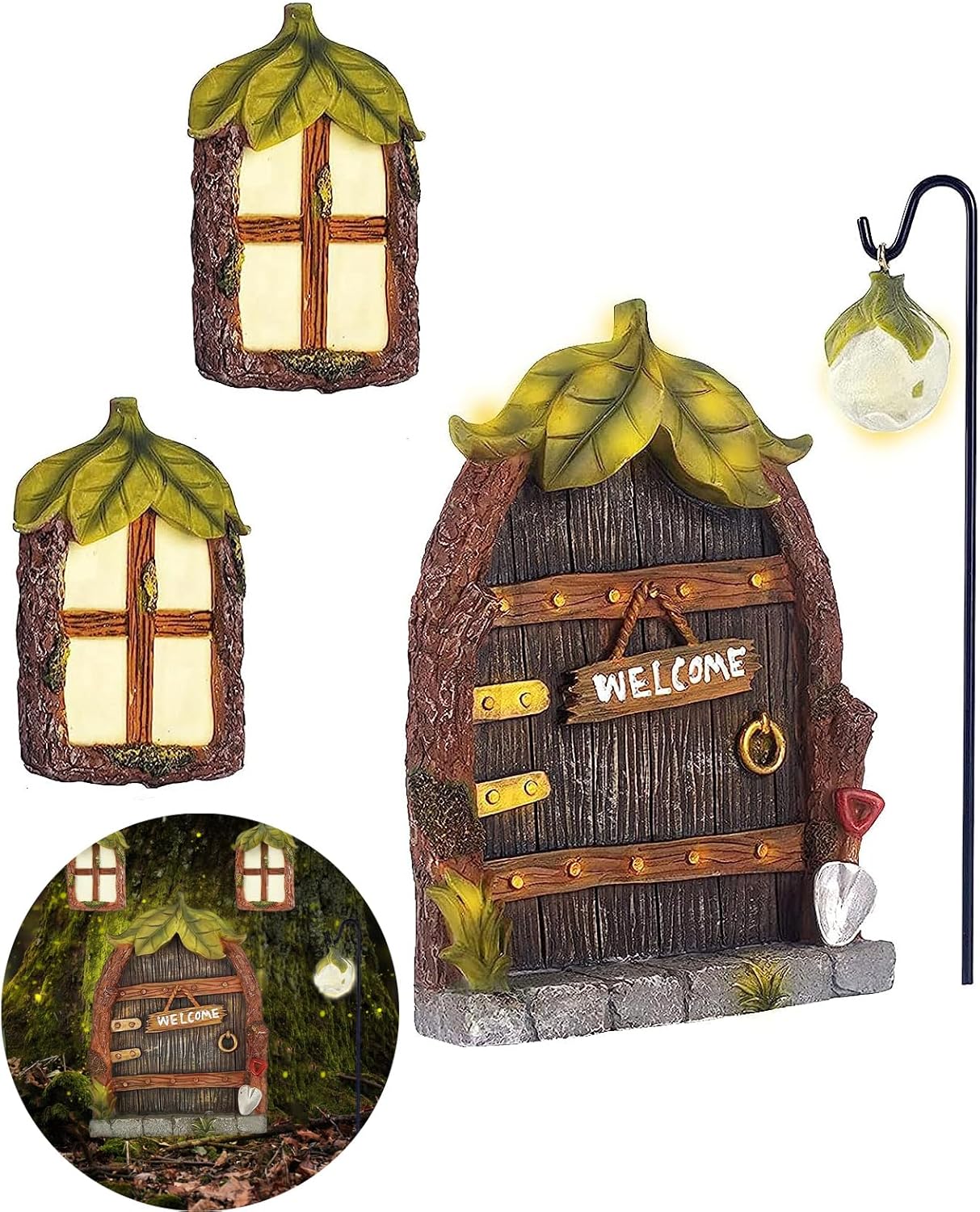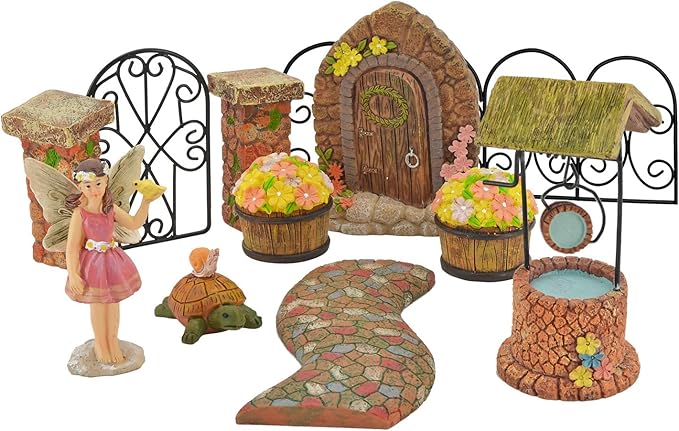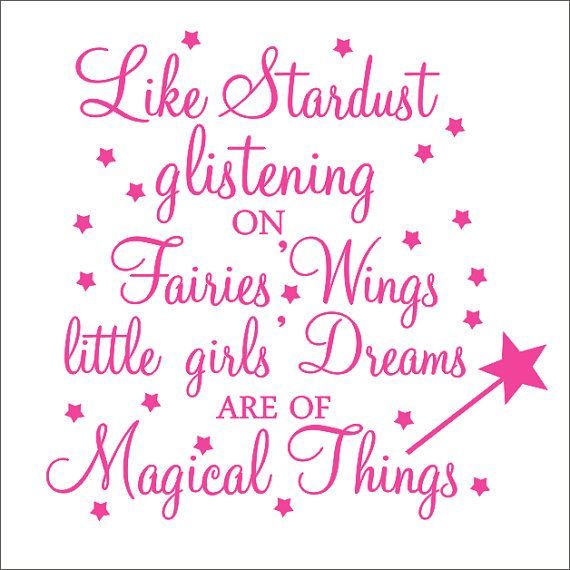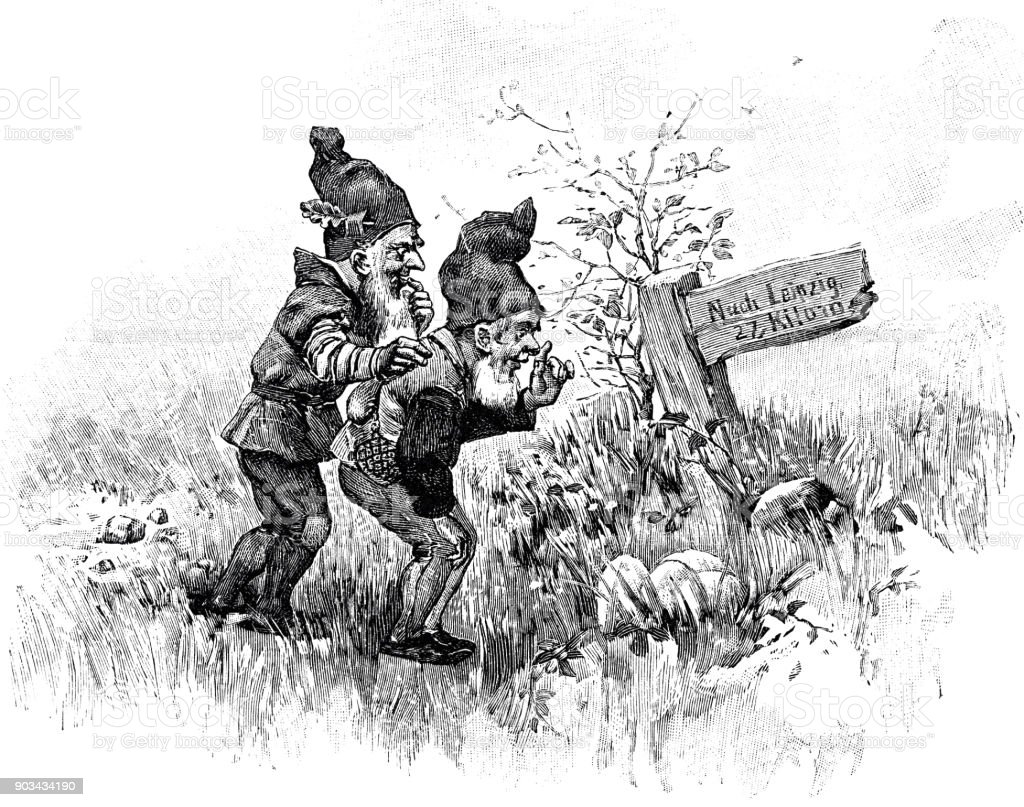- Home
- Fairy Blog
- Fairy Cakes
- Fairy Quotes
- Safety Dance
- What is a Fairy?
- Are Fairies Real?
- Faeries
- What are the Fae?
- Fairy History
- Origin of Fairies
- Fairies in Folklore
- Pixies
- Pixie Fairy Differences
- Gothic Fairies
- Tooth Fairy
- Fairy Festivals
- Fairy Gardens
- Fairy Garden Accessories
- Fairy Forests
- Fairy Poems
- Fairy Tales
- Fairy Tale Origins
- Classic Fairy Tales
- 24 Fairy Tales
- About Fantasy Creatures
- Dragons
- Dwarves
- Elves
- Gnomes
- Leprechauns
- Mermaids
- Unicorns
- Free Fairy Art
- Fairy Coloring Pages
- Chinese Dragon Art
- How to Draw a Dragon
- Chinese Dragon Drawing
- Dragon Coloring Pages
- Fairy Tattoo Ideas
- About Us
- Contact Us
- Disclaimer
- Privacy Policy
Is the Tooth Fairy Real?
Is the Tooth Fairy Real? Unraveling the Mystery Have you ever wondered if the Tooth Fairy is real? Many children have pondered this question and asked others, such as:
- Does the Tooth Fairy exist?
- What exactly is a Tooth Fairy?
- Where did the Tooth Fairy come from?
Let's explore these questions and uncover the mystery of the Tooth Fairy.
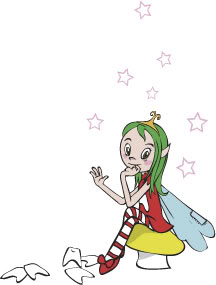
The Enchanting Tale of the Tooth Fairy According to the Tooth Fairy legend, the Tooth Fairy is a magical being who replaces lost baby teeth with money or a small gift. When a child loses a tooth, they place it under their pillow. As they sleep, the Tooth Fairy appears, taking the tooth and leaving a treasure in its place. Sometimes, she might even leave a trail of fairy dust behind!
To understand the question "Is the Tooth Fairy real?", let's delve into the origins of this captivating legend. In the past, societies considered teething a significant milestone. Superstitions surrounded this transformation, and proper disposal of teeth became crucial to avoid attracting ill intentions from witches or other malicious beings.
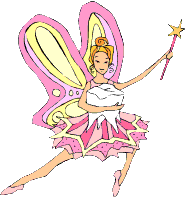
IS ?? ....the Tooth Fairy Real?
The Tooth Fairy, as a magical being that replaces lost teeth with money or gifts, is a cultural belief that varies between countries. The examples provided are regional variations of tooth-related customs and beliefs. While they share a common theme of celebrating the loss of baby teeth, they do not provide concrete evidence of the existence of a literal Tooth Fairy or magical being.
Global Tooth Fairy Traditions
The Tooth Fairy, as we know it today, is a magical being who exchanges lost teeth for money or gifts. However, this tradition varies across countries:
- Italy: In Italy, the Tooth Fairy is known as Fatina or Topolino dei denti (Little Mouse of Teeth). The small mouse replaces the lost tooth with a coin or small gift. This tradition is based on folklore and is meant to celebrate the child's milestone, but does not provide evidence of a real-life magical mouse.
- Lowland Scotland: The white fairy rat is a cultural tale in which a rat purchases children's teeth with coins. This belief has no scientific basis and is another example of folklore that celebrates the loss of baby teeth.
- Medieval Scandinavia: When a baby cut their first tooth, parents would gift them money. This custom was a way to mark an important milestone in the child's life, rather than evidence of a real fairy or magical being.
- Turkey: Children throw their lost teeth onto the roof while making a wish for a new, strong tooth to grow. This tradition is rooted in cultural beliefs and practices and is not proof of a literal Tooth Fairy's existence.
- Asian countries: Tooth disposal customs depend on whether the tooth came from the upper or lower jaw. Children request a mouse's tooth as a replacement, as mice's teeth continue to grow throughout their lives. This practice is a cultural belief and does not provide evidence of a real Tooth Fairy.
- Southern India: Children bury their teeth in the hope that new ones will grow. This tradition is a cultural custom, rather than evidence of a real-life Tooth Fairy.
- Middle Eastern countries: Children throw baby teeth up into the sky toward the sun or Allah, asking for a better replacement tooth. This practice is rooted in cultural beliefs and does not provide proof of a literal Tooth Fairy.
In summary, these examples illustrate cultural customs and beliefs surrounding the loss of baby teeth, but they do not provide concrete evidence of a real Tooth Fairy or magical being. Instead, the Tooth Fairy and similar traditions serve as a means for families to celebrate a child's milestones and encourage them to embrace the changes that come with growing up.
What does the Tooth Fairy do with all the teeth collected?
There are several theories:
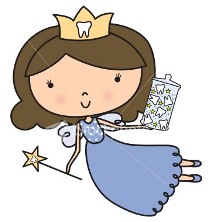 Tooth Fairy
Tooth FairyThe Tooth Fairy legend tells us the real Tooth Fairy is a magical creature who exchanges lost baby teeth for money or a small gift. The child places the lost tooth under their pillow; once asleep, the magic begins! The real Tooth Fairy appears in the night and replaces the tooth with her treasure. SOMETIMES, she will leave behind a trail of fairy dust!
Accessories for your Fairy Garden!
Are you building a Fairy Garden? This door, windows and lantern would look super cute - CLICK HERE for more information and to order on Amazon.
Is the Tooth Fairy real? Well, according to Tooth Fairy history, she was first sighted in the early 1900's. She was seen more and more often as time went on. She became famous in 1949 when Lee Rogow wrote a book about her called (of course) "The Tooth Fairy". People were becoming more aware of dental hygiene and its importance, and the Tooth Fairy helped promote this.
"Is The Tooth Fairy Real???"
So, what do YOU think...is the Tooth Fairy real? Does the Tooth Fairy exist????.....Hmmmmmmmm....... The answer may be more magical than you think...
Fairy Product of the Month
Design your own miniature fairy garden with this Fairy Garden Kit
CLICK HERE for more information and best price!
Recent Articles
-
Discover The Best Quotes About Fairies
Jul 08, 25 04:08 AM
We have collected all the best Quotes About Fairies that we can find - Discover some inspiration and wonder in the World of fairies! -
What Is A Fairy Cake? Is It A Cake That Fairies Eat?
Jul 06, 25 05:16 AM
We are often asked: What is a fairy cake? Do fairies eat it? Or is it a plain cake recipe? Find out here! -
What is a Gnome? Find Out Here!
Jul 05, 25 11:13 AM
What is a Gnome? We talk about the origins and history of gnomes.
